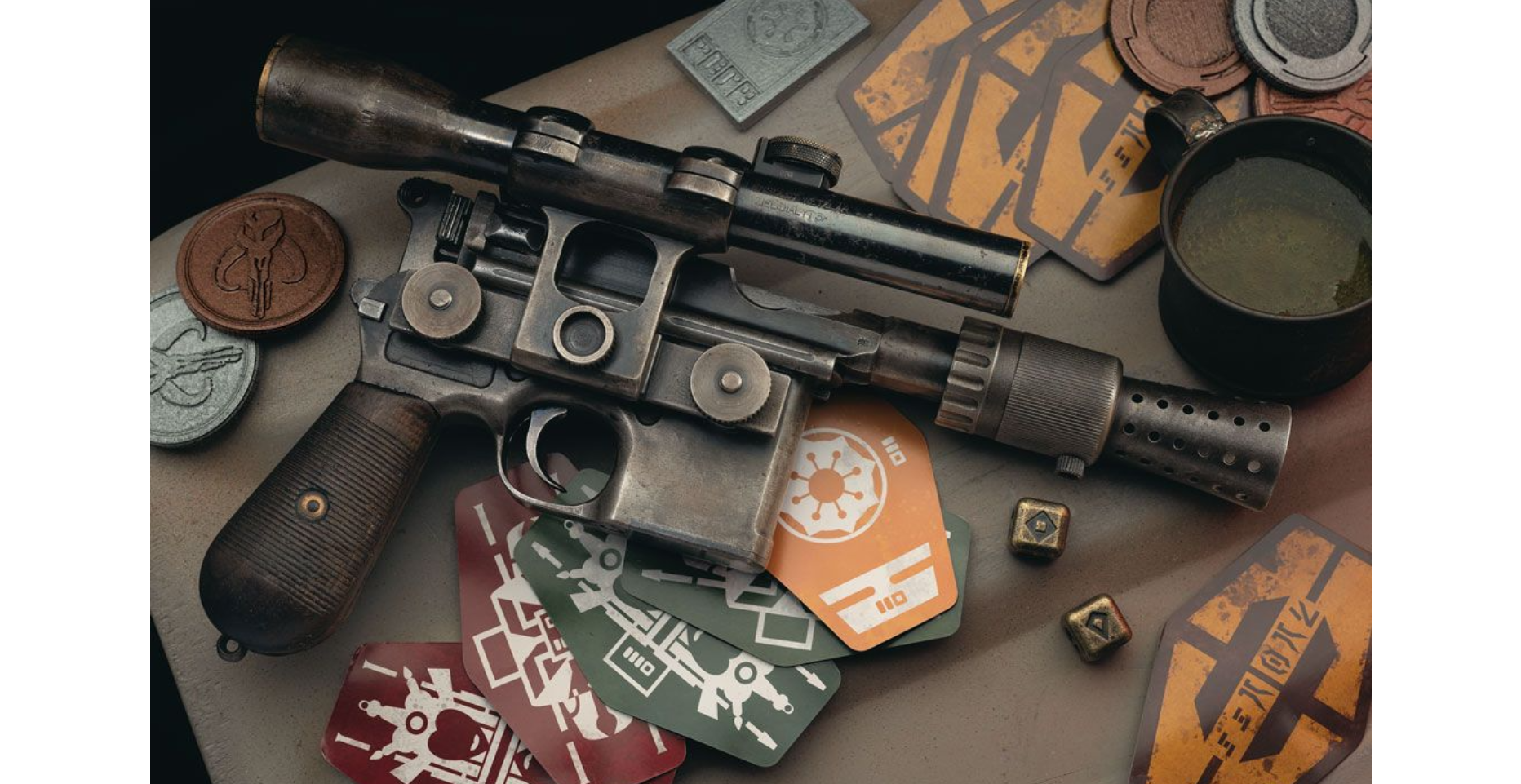This is Part 4 of our miniseries “The Efficient Gunsmithing Workbench” if you missed the first parts you can read them here Click Here for Part 1 and here for Part 2 and here for Part 3.
So now that you have your bench set up properly and you have gathered the hand tools that you need, after the Foredom Tool, the next power tool that you will use the most is a Belt Sander.
Using a belt sander is a quick and easy way to shape and fit parts, but only after you learn D, F, & R so that you know exactly how much material you can take off to achieve the proper fit and function.
While you can start with just about any small bench-top belt sander, when you can afford it, you want to purchase a quick-change belt sander. Such as a Vevor 2” x 82” variable speed commercial grade sander, or a Grizzly Manufacturing “knife maker grinder” with a 2’ x 72” belt, or any of the other brands or models that will meet your needs.
Don’t forget to shop the used equipment marketplace for belt sanders. Sometimes you will find machines in good condition that originally cost thousands available for a few hundred dollars.
The quick-change aspect enables you to quickly change from a coarse 80-grit belt for rough shaping, to a 240-grit belt for fitting, to a 320-grit or finer for finishing and polishing. With the right machine, a belt change takes less than 30 seconds. So, you can quickly go through the process of roughing, shaping, and finishing in minutes.
When you get really good at controlling how much you can take off of a part to get the fit you want, a fine grit belt will speed up your ability to adjust and fit parts.
You either want to invest in a pedestal mount for the belt sander or mount it really securely on a dedicated bench. Because it will throw off fine abrasive power and metal bits, it should be at least a few steps away from your workbench.
While we want to be efficient and not walk all over the shop to simply get a job done, we also don’t want to end with a lot of dust, grit, and junk in our primary workspace. If possible, have a vacuum exhaust next to the sander that will suck up all of that dust and grit.
By the way, you will also want to have a “quench bucket” next to the belt sander. You will be surprised by how quickly a part can get hot. I have often experienced the sudden “hot potato” part. Ouch!
Another reason you don’t want the belt sander a long way from where you are working is that often you will take some material off of a part and then “try it” for proper fit and since you should be taking a small amount off at a time, you may need to go back and forth a few times.
When I first got started, just like a lot of new Gunsmiths, I didn’t know exactly how to gauge how much I was taking off of a part and frankly I ruined a few. But that is part of the learning curve. So my advice to you is, when you are getting started, go slow and take off less and “Try it” more. You can also have a dial caliper or some other measuring device nearby so that you can frequently measure the part and know how much more you want to remove.
Once you get the hang of it, you will be amazed at how often you will use a belt sander. Especially if you have a quick-change belt model. When you get really good at fitting parts, you can even consider getting a mini or micro belt sander to keep close to your bench as you will only need to take a few thousandths off of a part and will able to do so quickly.
But always remember, tools are important, but the most important tool you can have is your knowledge of Firearm Design, Function, and Repair (D, F&R).
Now more than ever you need to be able to create income, part-time, full-time, or as retirement supplemental income. Become a Gunsmith and make every day working a joy!
To your Gunsmithing Freedom!
Gene Kelly,
Gunsmith and President,
American Gunsmithing Institute








